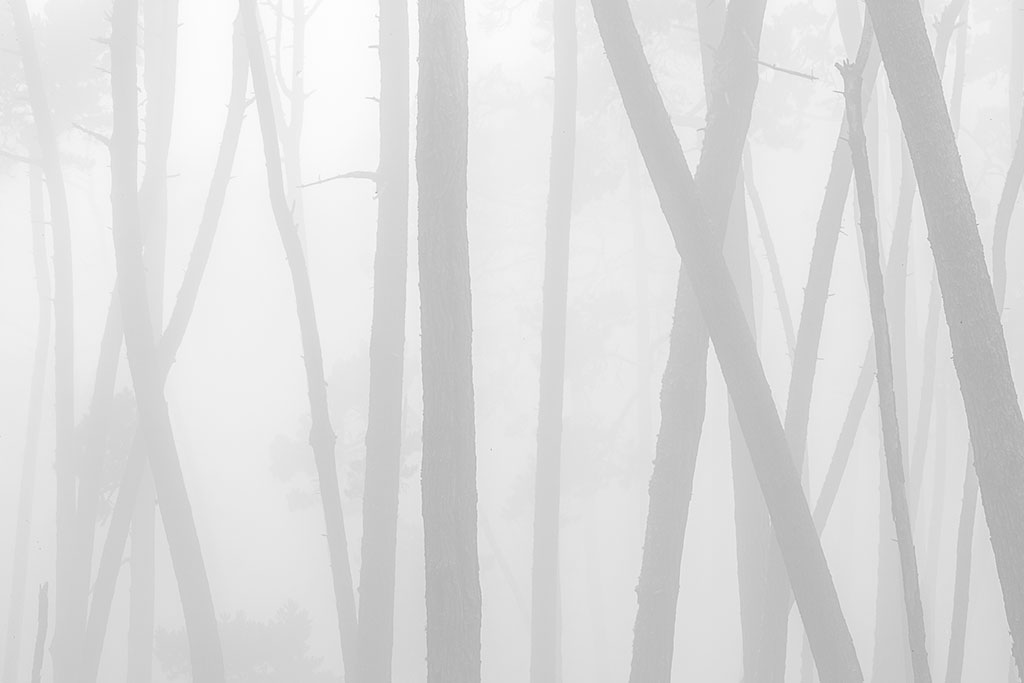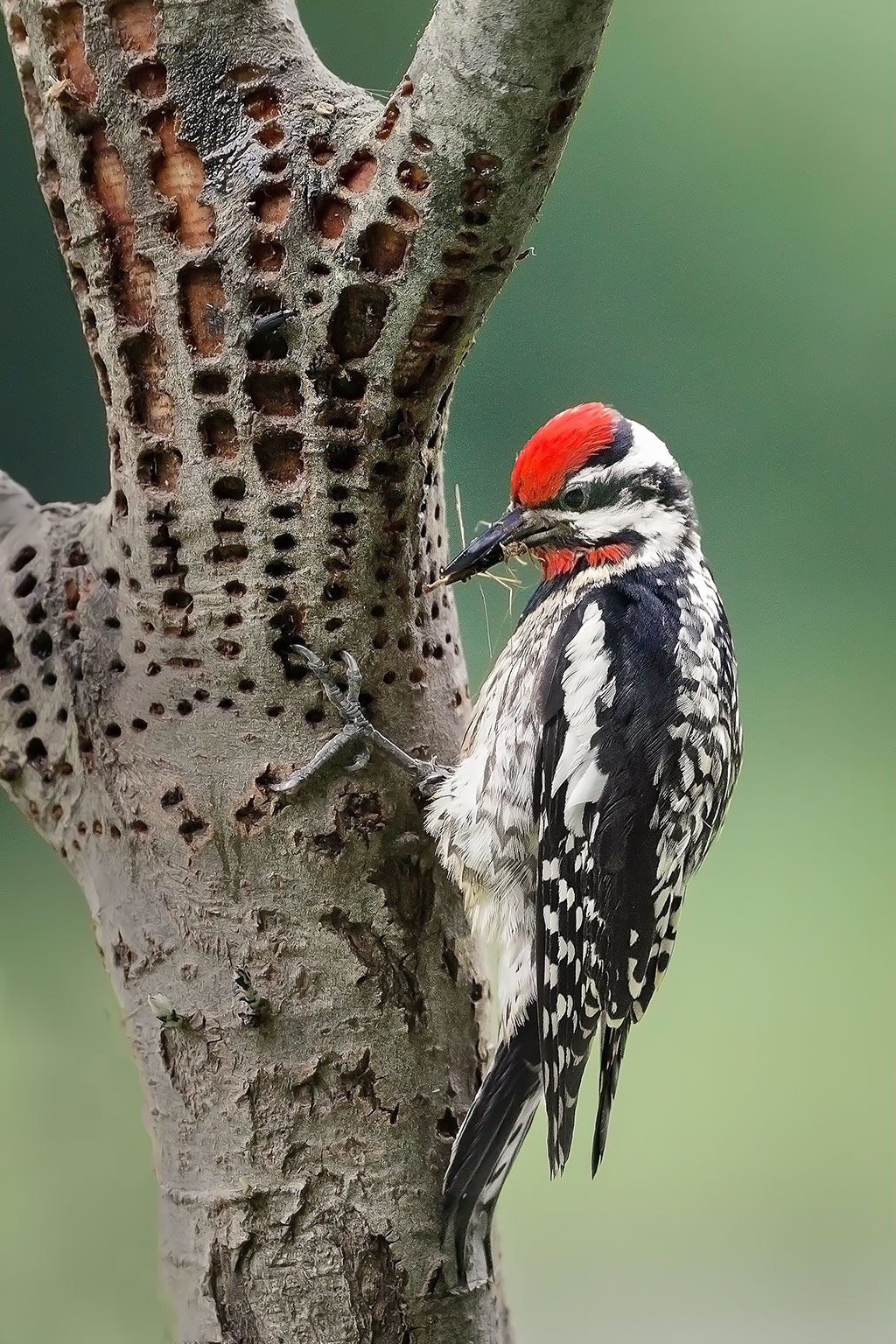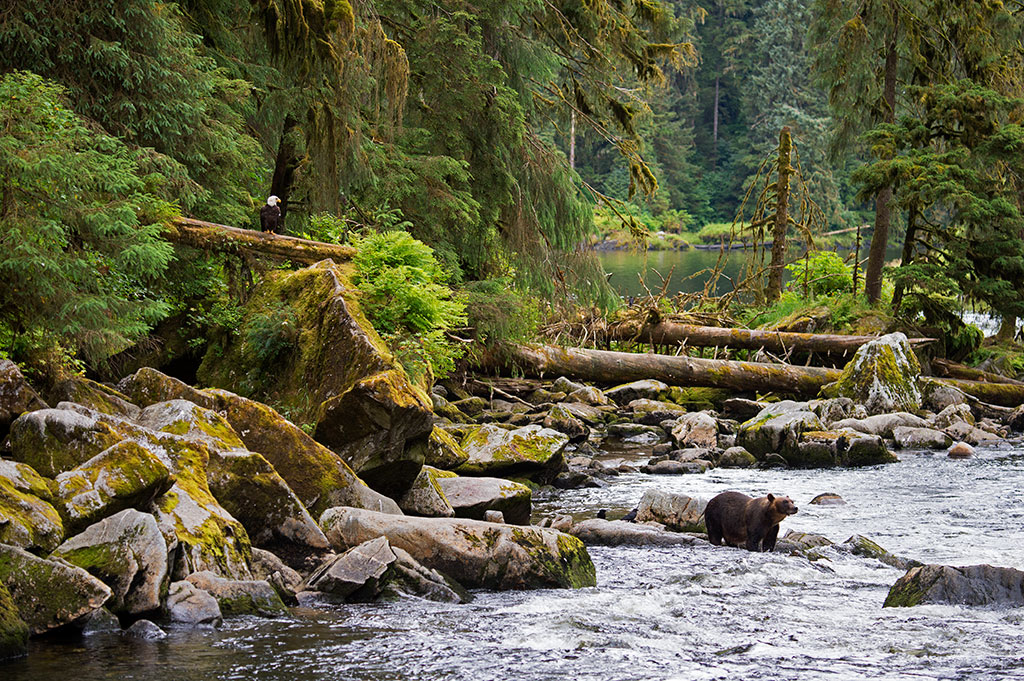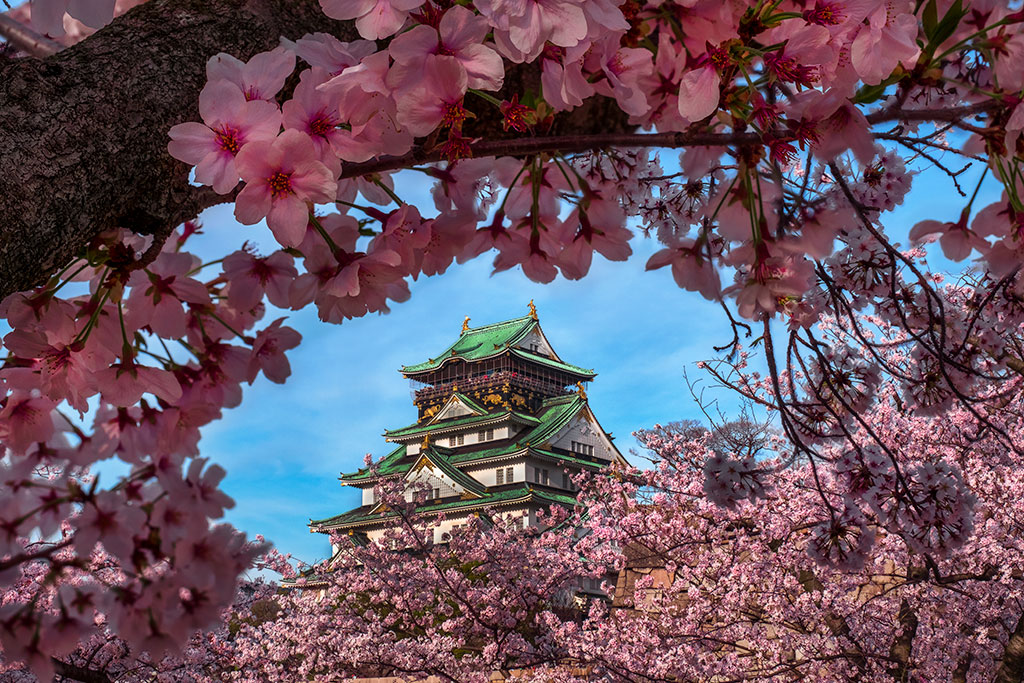Advertisement
Advertisement
Read Next

Curating Your Images Will Improve Your Photography. Here’s How
Curating your images well is a critical...
Watch What You Photograph!
Watch what you photograph! Here's why...
Close Encounter With Bear Gives Photographer A Jolt (& A Great Image)
Ever stumbled across an animal...
5 Ways to Create Stunning Photos Using New Angles
Even a small change in perspective can...Advertisement


Experiments In High Key Photography
Monterey Pines and Fog, Monterey, California, 2005.
Making creative photographs requires the pushing of boundaries beyond the norms and trends of the day. Over the decades I’ve made landscape photographs, I’ve found that pursuing new tangents in technique or subject matter has kept me creatively invigorated and moving forward. My latest passion is experimenting with an alternate, high-key approach to post-processing.
The typical way most of us process our photographs is to show a full range of tones, from luminous shadows with detail in them to bright highlights. High-key images show only tonal values on the upper end of a histogram, with the darkest tones being around middle gray and the lighter tones being light gray to near white tones.
I was first inspired by the high-key images of Don Worth (ccp.arizona.edu/artists/don-worth), one of Ansel’s first assistants. One of his photographs of a succulent plant rendered in subtle shades of light gray has a mystical quality and is one of my all-time favorite images. He also photographed a forest of trees in fog with the same high-key treatment.
Huntington Witherill’s photographs (huntingtonwitherill.com) also inspired me with high-key imagery of dunes. The more you look at other photographers’ work, the greater your library of ideas will be for “pushing the boundaries” with your own photographs.
My first experiments with this approach began many years ago, when I had made some new images of a very foggy pine forest. As I processed the digital files, I followed my basic routine of adjusting the contrast, shadows and highlights to the image. Although the results looked good to me in a traditional, full-tonal-range sense, the photograph did not reflect how my experience felt on that foggy dawn.
My processing routine is based on having heard Ansel Adams explain his approach to the Zone System for processing his film and making prints during his Yosemite workshops. His fundamental approach for his landscape photographs was for open, detailed shadows and glowing, well-controlled highlights. This approach is a sound one for many landscape compositions.
However, as Adams reminded his students many times, the Zone System was designed as a flexible tool for creative expression, not as a commandment for enforcing one way of using it. If your interpretation of a scene is that of an ominous mood or you’re inspired by the vibrant colors or dramatic contrasts in a scene, then process accordingly. The Zone System was designed to allow a flexible range of tonal control, to expand or contract the tonal range of a scene depending on the artist’s vision. Digital processing can be used to similar effect. As with the Zone System for film, software such as Lightroom and Photoshop are interpretive tools that can give excellent control over contrast range.
With the inspiration from Worth and Witherill, I’ve explored high-key processing over the years. My images start out in Lightroom, where I work with the Develop modules sliders. I will push the Shadows far to the right, often at 100 percent, to open up the shadow details. Then I try out increasing the Whites and lessening the Blacks. I take the Highlights slider far to the left to avoid clipping the highest values and control the gradations of very light tones. Once I find an effective balance of contrast, I might push the global Exposure values higher to lighten the overall image.
For my “Monterey Pines and Fog” image, the literal rendition did not reflect my experience, which was more magical and bright than what I was seeing on my monitor. I decided to try a high-key approach to the image, meaning that all the tones in the file would be placed at the high end of the tonal range. The darkest value might be a middle gray, while most of the tones would be light gray and near-white tones.
As I added a couple of adjustments, the image began to come to life. The fog glowed and the trees, while still looking dense, receded into pale whites. The image became impressionistic, more like my emotional response to the scene. It is good to remember this question when judging your photos: Does this image represent the emotional equivalent of what I saw and felt? Asking this question helped me discover the high-key option shown here.
Pear tree in bloom, Fresno, California 2018. Unprocessed RAW file.
The “Pear Tree in Bloom” image in this article was taken very recently in a parking lot of an office complex. Over this past winter, I’ve created a series of high-key, black-and-white images of bare oak trees. I had the idea of creating something similar with the abundant fruit trees in my area but in pastel colors to convey a sense of springtime. When I found this pear tree in full bloom, I had time to kill and my camera in the back seat, so I walked under what appeared to be an ordinary tree. But looking upward, the tree’s gracefully shaped branches revealed its “inner beauty.” With this gift of luck, I spent the next hour under this tree, trying various compositions and waiting for the breeze to stop.
Pear Tree in Bloom, Fresno, California, 2018. After processing.
When processing the digital capture, I used my high-key processing routine to create a very light, soft and pastel photograph. I rarely use presets, but now I’ve made a high-key preset so that I have a quick and consistent conversion as a starting point for past and future photographs in the same style. To compile a strong portfolio using this style, I want the series to work together as a thematic group.
In my new retrospective book, I had the satisfaction of presenting the major thematic portfolios I’ve developed over four decades. The challenge for me is, “What’s next?” I am very excited to pursue a new direction, wherever it may lead. Nothing ventured, nothing gained!
Zone System References
Can The Zone System Go Digital?
alanrossphotography.com/can-the-zone-system-go-digital
Zone System For Landscape Photography
outdoorphotographer.com/tips-techniques/nature-landscapes/the-digital-zone-system/